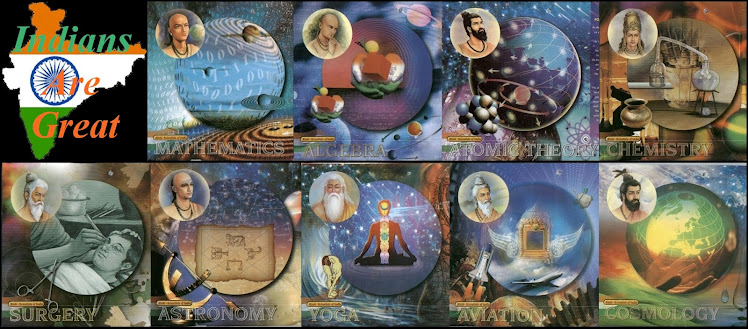| Vedic Influence on Chinese Philosophy Written by Professor Huang Xinchuan | |||
 Professor
Huang Xinchuan is the leading Chinese expert on China's Hindu past. I
interviewed him, on video, a few years ago. In this interview he stated
that ancient China had many Vishnu and Shiva Temples. He also said that
these ancient Chinese Vedic Temple's locations can be traced by
following the ancient Incense trade routes between India, Tibet and
China. Professor
Huang Xinchuan is the leading Chinese expert on China's Hindu past. I
interviewed him, on video, a few years ago. In this interview he stated
that ancient China had many Vishnu and Shiva Temples. He also said that
these ancient Chinese Vedic Temple's locations can be traced by
following the ancient Incense trade routes between India, Tibet and
China.Vrndavan Parker  Gyanyin - Liao Dynasty (916-1125) Northern Shanxi or Hebei Province Chinese Vajrapani holding the vajra in one of the right arms. Metropolitan Museum of Art, New YorkBy Professor Huang Xinchuan Department of Oriental Philosophy Institute of Philosophy Chinese Academy of Social Sciences 5, Jian Guo Men Nei Dajie Street Beijing 100732, China The religious as well as the cultural interflow between Indian and China occurred as early as over two thousand years ago. Following the Buddhist and Hindu religious activities, the Indian orthodoxy philosophy---the Six Darsanas, Vedanta in particular once flourished in China. Vedanta had exerted also some influences on Chinese Buddhism and Taoism in its own way. In China we have preserved abundant historical records and relics of Hinduism as well as Buddhism. Since the third century AD, China has discovered numerous Hindu scriptures in Sanskrit. There are records in Buddhist and Hindu scriptures either systematic or piecemeal. For example, the Vedas and Upanishads as seen in Chinese historical record were translated freely into Chinese as Ming-Lun (the Science of Knowledge), Zhi-Lun (the Science of Intelligence) or transliterated into Chinese as Feituo, Pituo, etc. Besides, there are Chinese historical sources of Vedangas. At the stage of Mahayana Buddhism, Madhyamika drew close to Vedanta in both theory and practice. Samkaraís Advitaism was in confrontation with Nagarjunaís Sunyata. We can find out the influences on some Sects of Prajna School (Three Treaties Sect, Tiantai Sect, Mahayanasamgraha Sect etc.) in Sui and Tang Dynasties and also on some eminent Buddhist monks. At the last stage of Indian Buddhism, it mixed with Hinduism again, in other words, Vajna-yana Mixed with Sakta. It is noted that Vedantaís concept and application also directly influenced the formation of the Jo-nna Sect of Tibet. The Jo-nna Sect preached the ìdoctrine of non reality of personî. This doctrine is similar to Vedantaís theory of ìtwo kinds of Brahmans, Mayavada and Adhyasa. Jo-nna Sect was formed in the 12th century and flourished during the period of 14-17th centuries, and still exists today. Tarnathís History of Indian Buddhism and a number of Buddhist works in Tibetan versions described the arguments between Samkara and Pandits Hulisasestha, Dharmakriti, Kumaralila and Kunadarorul in Varanasi, and worth making studies. Taoism is indigence to China. Chinese Taoism has something in common with Saktism. The interflow between Taoism and Brahmanism-Hinduism rarely appeared in ancient China, nonetheless, we can find some examples. One text in which the Tung Hsuan Section of the Tao Tsung (Taoist Canon) originated goes by the name Lin Pao Ching (Book of the Marvelous Jewel). In this text, we can find the influence of Brahmanism and Upanishad (Vedanta) in particular. It has a portrait of Yuan Shih Tien Tsun (the Highest God of Taoism) based on the portrait of the Maha Brahma of Brahmanism at the numerous kalpas in the unlimited darkness of Chaos. Thus, He transforms himself into thirty-three devas, asuras,î Ten directions of the Universeî etc. Thus we can say that there existed interflow between Taoism and Vedanta.  Vajra, Ming Dynasty, age unknown. |
http://vedicempire.com/index.php?option=com_content&task=view&id=33&Itemid=9


No comments:
Post a Comment